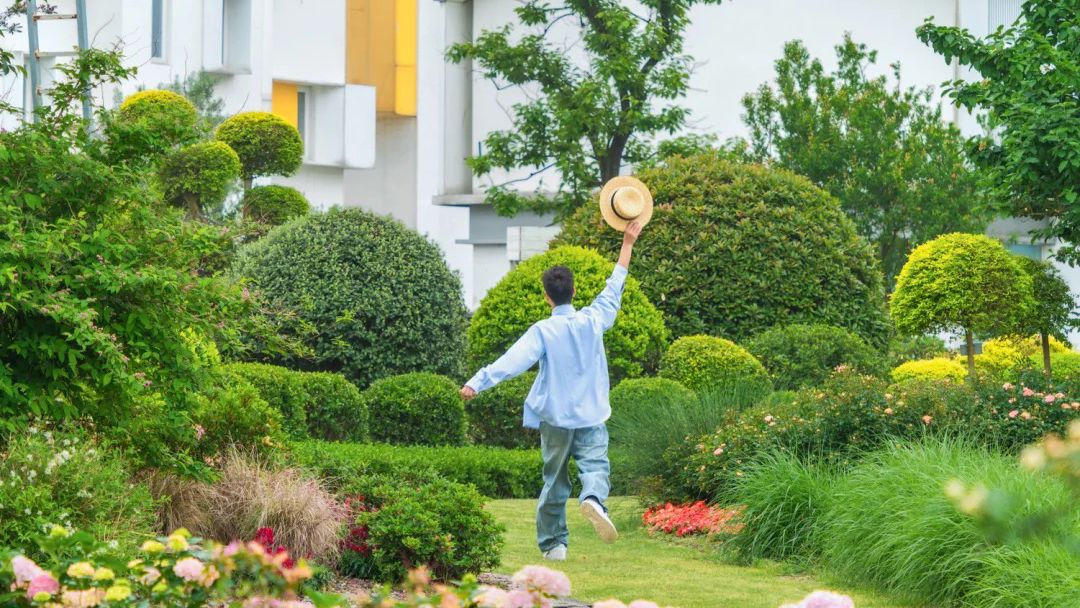Today marks the first day of China’s Labor Day holiday, and Chinese workers are making the most of their time off. According to the Ministry of Transport, an average of 270 million trips are expected to take place during the five-day period, surpassing pre-Covid 2019 levels.
But young travelers aren’t looking to get caught in the crowds, often likened to the size of mountains and seas during China’s holiday seasons. An official Xiaohongshu lifestyle sub-account is promoting “reverse travel,” encouraging users to share their “unpopular and interesting niche destinations” this Labor Day, also known as May Day.
On Xiaohongshu, the hashtag “I want to reverse travel” (#我要反向旅游) has amassed over 45 million views as netizens share unique locations around the world, including railway parks, underground passages, and historical buildings found along their citywalk.
With Chinese workers as hectic as they are, Xiaohongshu reminds them to “relax” and to not be “special forces soldiers,” referring to a style of budget travel that involves visiting as many places as possible in a short amount of time.
On Alibaba-owned online travel platform Fliggy, bookings for tours within China have doubled compared to 2019, with Shanghai, Beijing, Chengdu, and Wuhan emerging as top destinations. Outbound travel bookings for Labor Day have also doubled from last year, driven by Japan, Thailand, South Korea, and Australia.
While the tourist stalwarts are as popular as ever, some travelers are looking for more niche and relaxing experiences, as Xiaohongshu shows.
“During the May Day holiday in Shanghai, I avoided the crowded Bund and discovered a niche Suzhou River citywalk route for walking or cycling!” writes Xiaohongshu user @I Am Yao Hehe (@我是姚嘻嘻).
Xiaohongshu user @isopop recommends Baiyun township in Rongshui County as an alternative to Thailand. “This place looks like a mix of The Truman Show and Studio Ghibli, with a forgotten section of a sky ladder, a memorable hidden gem … Staying on the mountain, watching the misty rain, listening to music, drinking tea — it’s a vibe.”

Slow travel and reconnecting with nature are significant themes for reverse travel, Sarah Yam, co-founder of China digital marketing agency Red Digital Lab, describes.
“In mainland China, some opt for cultural tourism in locations like Gansu [in] Dunhuang and Yunnan, while others enjoy visiting zoos to unwind and alleviate ‘nature deficit disorder,’” she adds.
According to Trip.com, hotel bookings in county-level markets for the Labor Day holiday have increased 68 percent compared to the same period in 2023, driven by counties like Pingtan in Fujian, Shangri-La in Yunnan, and Dunhuang in Gansu.
This trend is not only good news for off-the-beaten path places looking for some tourist spend but also for brands hoping to connect with consumers in new ways.
“For hospitality or retail brands looking to attract Chinese travelers, offering diverse travel experiences outside major cities would appeal to many Chinese millennials and Gen Z consumers,” says Yam.
“They seek personalized value-added experiences like sound bathing wellness sessions, perfume-making workshops, candle-making classes, and art and craft workshops instead of traditional one-size-fits tour packages that catered to everyone in the past.”
Ultimately, reverse travel reiterates the desire among Chinese urban youth to find peace away from the crowded and commercialized. To go hyperlocal and discover local cuisines, natural scenery, and cultural heritage sites. Embracing this trend entails promoting products and activities that foster a sense of mindfulness and connection amid the hustle and bustle.

